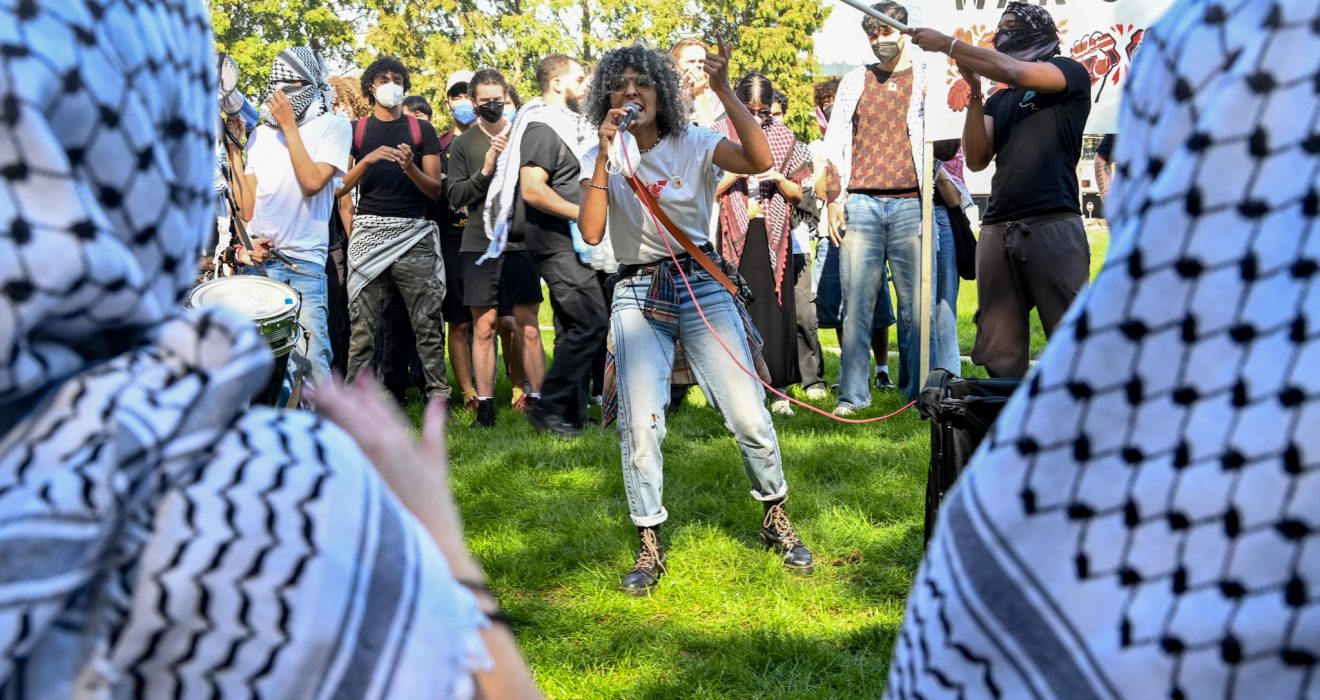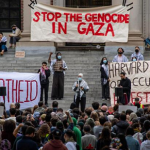The Alarming Surge of Campus Radicalization: Echoes of Domestic Terrorism Threaten Student Safety Nationwide
Universities across the United States are witnessing a troubling rise in radicalized student groups, with increasingly violent rhetoric echoing some of the darkest periods in American history. What was once a place for open dialogue and intellectual debate has, in certain pockets, turned into a breeding ground for inflammatory calls to violence, mirroring the radical movements of the 1960s. Experts are now warning that this unchecked escalation could lead to far-reaching consequences for student safety, stability, and well-being on campuses.
Mitch Silber, the executive director of the Community Security Initiative and former director of intelligence analysis at the NYPD, draws striking comparisons between today’s anti-American and anti-establishment student movements and the Students for a Democratic Society (SDS) of the 1960s. Back then, frustration over U.S. involvement in Vietnam led some members of the SDS to form the Weather Underground, a domestic terrorist group responsible for bombings and violent attacks.
“They protested and protested but nothing changed regarding U.S. foreign policy. Eventually, some students peeled off to form the Weather Underground, and they turned to domestic terrorism,” Silber said. “Now, we are witnessing a similar radicalization on campuses. As student groups feel their message isn’t being heard, there’s a growing risk they may escalate beyond rhetoric.”
At the heart of the current radicalization is a coalition of groups pushing an increasingly violent narrative under the guise of student activism. At Columbia University, for instance, the coalition Columbia University Apartheid Divest (CUAD) represents over 100 student organizations and has publicly called for violent actions in its messaging. In an October 8, 2024 statement, CUAD openly supported “liberation by any means necessary, including armed resistance.”
While free speech remains a pillar of the American university experience, calls for violence fall outside First Amendment protections. However, university administrations have struggled to address these calls effectively, often citing concerns over infringing on students’ rights.
Radical Training and Dangerous Affiliations
The radicalization on campuses is not limited to inflammatory posts or protests; it is bolstered by external support from extremist groups. CUAD and other similar campus organizations have participated in training sessions led by groups like Samidoun Palestinian Prisoner Solidarity Network, which the U.S., Canada, Germany, and the Netherlands have designated as a terrorist organization due to its links to the Popular Front for the Liberation of Palestine (PFLP). Despite these affiliations, students and faculty members involved in such sessions continue to operate under the radar of law enforcement, even as the rhetoric intensifies.
The consequences of this rising radicalization extend far beyond isolated incidents or heated protests. Students increasingly find themselves navigating a hostile environment where calls for violence and hatred are not just tolerated but often endorsed by powerful campus coalitions. This hostile environment threatens to undermine the stability of academic institutions, making it difficult for students to focus on their education and participate in campus life without fear of retaliation.
These events are also deeply divisive, further fracturing student communities and creating a climate of fear, particularly for those who disagree with the extreme views being promoted. The call for violent action, whether against certain political ideologies or individuals, leaves an indelible mark on campus culture and challenges the very principles of academic freedom and peaceful dialogue.
As experts like Silber have warned, universities cannot afford to remain passive in the face of growing radicalization. Administrations must take decisive action to prevent rhetoric from escalating into violence. While First Amendment rights are crucial, they should not be used as a shield for incitement or calls for harm.
Campus security initiatives, such as those developed by the Department of Homeland Security, are a step in the right direction, but they require stronger enforcement and collaboration with law enforcement agencies. As universities navigate this complex issue, it is essential that student safety remains the priority, with clear policies against violence and a zero-tolerance approach toward any group that threatens the peace and security of academic communities.
In a time where radicalization and violent rhetoric are on the rise, campuses must reaffirm their commitment to fostering safe, inclusive environments where students can thrive—free from the fear of intimidation or violence. Only then can universities truly live up to their mission as centers of learning and growth.



